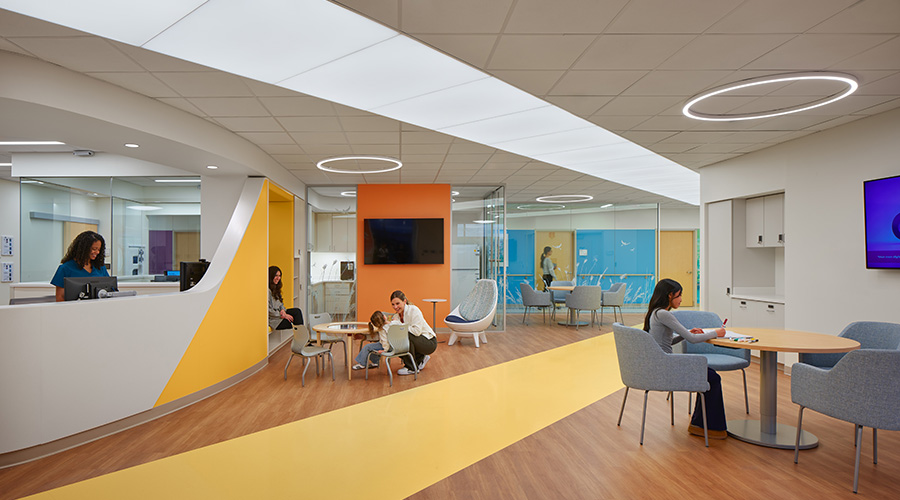Energy efficiency has come a long way. From its roots in the energy crises of the 1970s, it has grown and evolved to become an integral part of our energy landscape. Examples of energy efficiency advances are ubiquitous and often invisible. We see the results of such advances in the slow growth of electricity demand in recent years. Our homes, offices, businesses, and factories continue to become more energy efficient due to innovation in technologies and applications. Rooting out energy waste has spawned new ways of examining and managing how we use energy.
While energy efficiency has done much to improve our economy and environment, we want it to do more. Most states have policies and programs in place that seek to achieve even higher energy savings. A number of national efforts similarly aim to increase energy efficiency to achieve economic and environmental benefits. A clear example is the EPA Clean Power Plan, which seeks to achieve significant reductions in carbon emissions. Energy efficiency can play a major role in achieving emissions reductions under the plan.
After all this success with energy efficiency, what's left? Have we reached the limit of how much energy efficiency we can squeeze out of our economy? This is a particularly vexing question for utilities and organizations that run efficiency programs for utility customers, and this is the subject of ACEEE's latest report, released today. While we're achieving higher overall savings from energy efficiency than ever before, a variety of factors are limiting the amount of such savings that efficiency programs can harvest:
Building energy codes have become more stringent-requiring higher energy efficiency for new construction and major renovations.
Appliance and equipment standards have increased.
The number of customers who haven't participated in relevant energy efficiency programs has diminished due to the success of some programs serving large numbers of customers...
— Dan York, Utilities, State, and Local Policy Program Fellow
To read the report, visit: http://aceee.org/research-report/u1507
To continue reading this blog post, visit: http://aceee.org/blog/2015/09/next-generation-energy-efficiency

 Contaminants Under Foot: A Closer Look at Patient Room Floors
Contaminants Under Foot: A Closer Look at Patient Room Floors Power Outages Largely Driven by Extreme Weather Events
Power Outages Largely Driven by Extreme Weather Events Nemours Children's Health Opens New Moseley Foundation Institute Hospital
Nemours Children's Health Opens New Moseley Foundation Institute Hospital Code Compliance Isn't Enough for Healthcare Resilience
Code Compliance Isn't Enough for Healthcare Resilience Ribbon Cutting Marks First Phase Completion for New Montefiore Einstein Facility
Ribbon Cutting Marks First Phase Completion for New Montefiore Einstein Facility